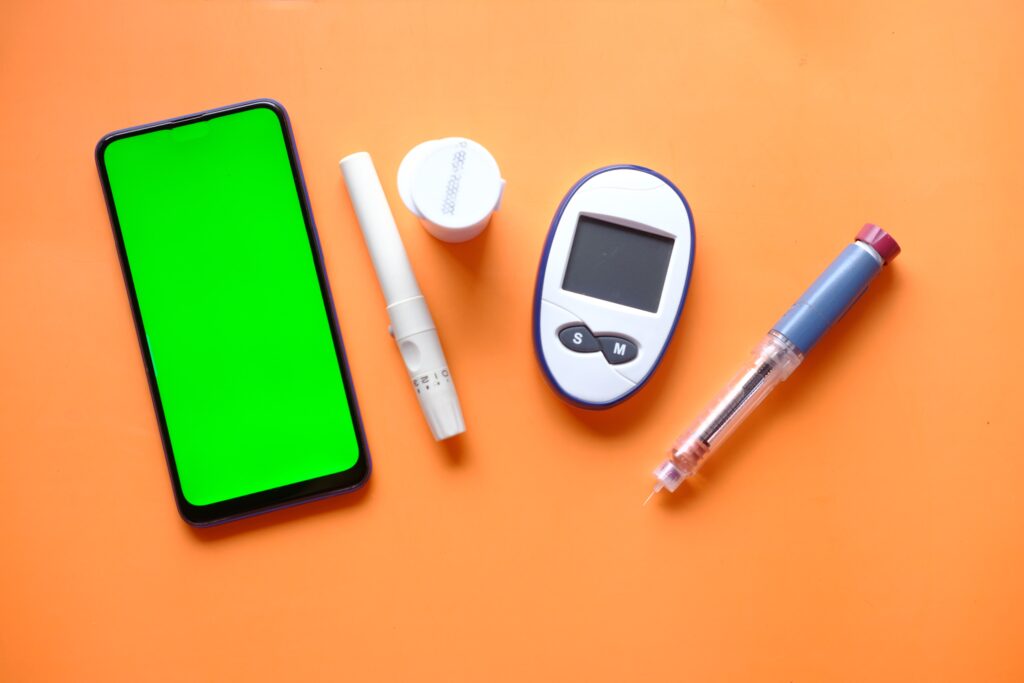Abstract
Objective: To determine the incidence and risk factors for developing proliferative diabetic retinopathy (PDR), tractional retinal detachment (TRD), and neovascular glaucoma (NVG) at 5 years after the initial diagnosis of type 2 diabetes.
Research Design and Methods: Insured patients aged ≥18 years with newly diagnosed type 2 diabetes and 5 years of continuous enrollment were identified from a nationwide commercial claims database containing data from 2007 to 2015. The incidences of PDR, TRD, and NVG were computed at 5 years following the index diagnosis of type 2 diabetes. Associations between these outcomes and demographic, socioeconomic, and medical factors were tested with multivariable logistic regression.
Results: At 5 years following the initial diagnosis of type 2 diabetes, 1.74% (1,249 of 71,817) of patients had developed PDR, 0.25% of patients had developed TRD, and 0.14% of patients had developed NVG. Insulin use (odds ratio [OR] 3.59, 95% CI 3.16–4.08), maximum HbA1c >9% or >75 mmol/mol (OR 2.10, 95% CI 1.54–2.69), renal disease (OR 2.68, 95% CI 2.09–3.42), peripheral circulatory disorders (OR 1.88, 95% CI 1.25–2.83), neurological disease (OR 1.62, 95% CI 1.24–2.11), and older age (age 65–74 years) at diagnosis (OR 1.62, 95% CI 1.28–2.03) were identified as risk factors for development of PDR at 5 years. Young age (age 18–23 years) at diagnosis (OR 0.46, 95% CI 0.29–0.74), Medicare insurance (OR 0.60, 95% CI 0.70–0.76), morbid obesity (OR 0.72, 95% CI 0.59–0.87), and smoking (OR 0.84, 95% CI 0.70–1.00) were identified as protective factors.
Conclusions: A subset of patients with type 2 diabetes develop PDR and other neovascular sequelae within the first 5 years following the diagnosis with type 2 diabetes. These patients may benefit from increased efforts for screening and early intervention.
The study is available in Diabetes Care.
